Sunday 6 October 2024
Thurnby Lodge Street Names: A mystery solved (with the aid of LAHS)
LAHS Member Brian Screaton uncovers the unexpected origins of the street names of this Leicester post-war housing estate.
Have you ever wondered where the name of your road, street, avenue or close came from? High Street and Main Street are of course easy, as are names like Gladstone Street and Victoria Avenue, or those named after local luminaries. But how about Perkyn Road or Amyson Road? Where on earth do those street names come from? Both are on the early part of the Thurnby Lodge Estate on the east side of Leicester, which was built by the City Council in the late 1940s and very early 1950s. I was three when my parents moved to a brand-new Council house there in 1951, on Perkyn Road. As I grew older and able to read the rather unusual road names on this estate I started wondering about their provenance. No-one seemed to know where names such as Dakyn Road, Herthull Road, Kirminton Gardens, Somers Road, Amyson Road, Gervas Road, Dudley Avenue and indeed Perkyn Road, came from.
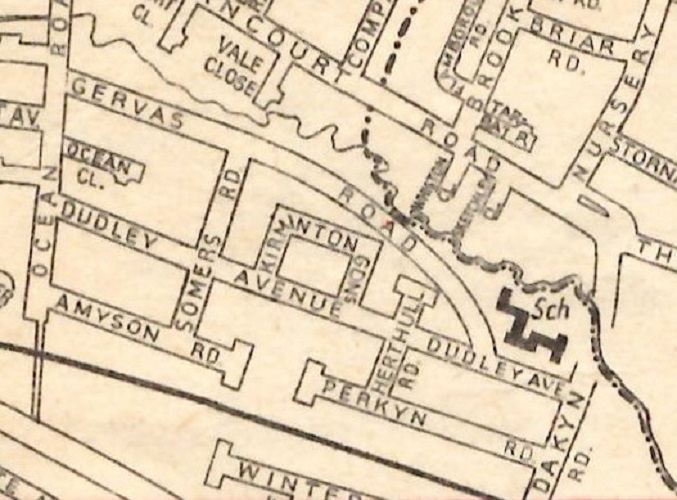
Fast forward to 2023 and I was still occasionally wondering about this peculiarity in road naming. The only possibilities that had occurred to me in the intervening years was that perhaps Dudley Avenue was named after Robert Dudley, the 1st Earl of Leicester (c1531-1588), and that maybe Perkyn was a misspelling of Perkin Warbeck, a pretender to the throne in the 15th century. Both were wide of the mark by a long way as it turned out.
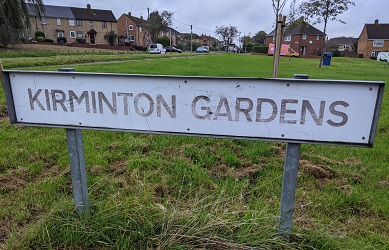
In June of 2023 I noticed that there was a Book and Postcard Fair in the village of Lowdham, Notts. As a collector of both books and postcards I decided that I had to go. One of the booksellers at the fair had a local history section, mostly about Nottinghamshire, but there were a few Leicestershire books including one titled ‘The Abbey of St Mary in the Meadows Leicester’ published in 1949 by the Leicestershire Archaeological Society, (as it then was) and written by A. Hamilton Thompson. St Mary in the Meadows of course stood in what is now Abbey Park and was the Abbey to which many villages in Leicestershire and beyond paid tithes in medieval times. At a price of just £6.00 I thought it worth buying. It was only when I got home and started leafing through it that I realised it contained a detailed listing of all the villages that paid tithes to the Abbey, together with the names of the vicars of their churches from the 13th to the 16th centuries.
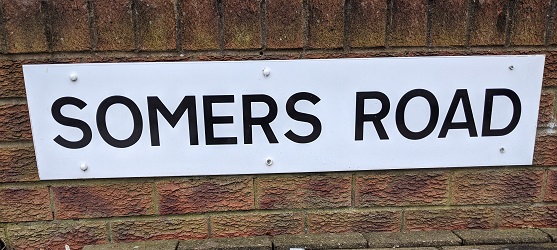
Not that interesting you might think, and I might have agreed, until I lighted on the pages relating to St. Luke’s Church in Thurnby. Several names sprang out - Richard Herthull was the priest at Thurnby in 1389, John Perkyn in 1434, Thomas Somers in 1526, and Ralph Dakyn in 1538. In addition, Walter Kirnington was briefly the incumbent in the early 1300s, after which he moved to St Denys in Evington in 1331, where his surname was now spelt ‘Kirmington’ (the street name plates were incorrectly cast as ‘Kirminton’). But here was the partial answer to my lifelong quest to solve this mystery. As this part of Thurnby Lodge was being built when this book appeared in 1949, it seems that someone in the Council’s road-naming department must have bought a copy and picked out these unusual names for the new estate.
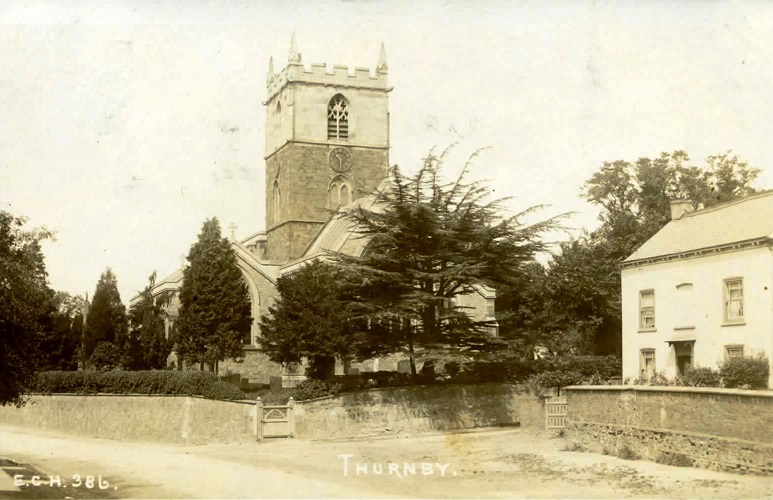
But that still left three names to solve – Gervas Road, Amyson Road and Dudley Avenue. In particular, Amyson is a very unusual name – google it and the only answer that comes up is – Amyson Road in Leicester. The breakthrough came courtesy of another publication by the Leicestershire Archaeological and Historical Society. This time it was the 2024 Spring Newsletter which contained a list of documents recently donated to the library. About half-way down the list a paper was noted relating to the ‘Reverend John Dudley, vicar of Humberstone and Sileby’ donated by a local historian, Jan Zientek. Humberstone is of course not far from Thurnby Lodge and so I contacted Jan who very kindly helped me with the Dudley connection as well as those of Gervas and Amyson.
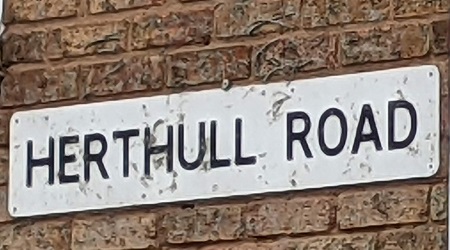
Strangely, at another Book Fair, this time in Market Harborough, I found a typewritten and unpublished booklet dating from 1954 by a C. Belton which chronicles some of the history of Humberstone and district. This filled in more details of the Dudley family, three of whom, Paul and then two Johns, were vicars of Humberstone, and held the living at Humberstone in unbroken succession for 142 years, from 1714 to 1856.
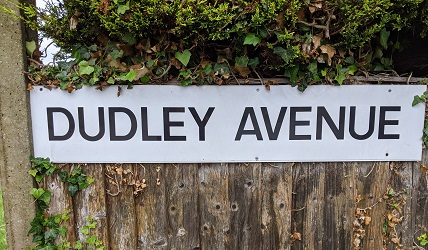
As noted in the title of Jan’s paper, the Dudleys were also vicars of Sileby and in fact lived at Sileby vicarage, covering the eight miles over to Humberstone on horseback in order to conduct services. The second Reverend John Dudley preferred to ride in a coach and on a Sunday, he would take an afternoon service in Sileby, have tea, and then speed over to Humberstone to conduct evensong, before jumping back in the coach for the journey back to Sileby. This was of course in the days when most roads were nothing more than muddy tracks and Sileby to Humberstone is quite a cross-country journey.
The Amyson and Gervas connections take us back to St Luke’s Church in Thurnby. Robert Gervas, and John and William Amyson were 13th century ‘naives’ of Leicester Abbey and were attached to Thurnby church. A naive was a young man who was being trained for the priesthood. My thanks to Jan for the above information.
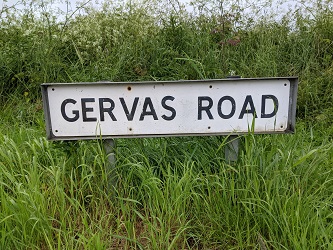
So, the only mystery now remaining is how such obscure names came to be selected for commemoration on the street names of a post-war Council housing estate. Someone in the Leicester City Council’s road-naming department must have had an interest in the early religious history of Leicestershire, and a sense of humour - maybe they were selected on purpose in order to baffle the residents and also, of course, subsequent local historians.
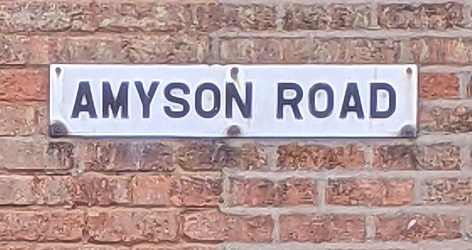
Brian Screaton
brianscreaton@gmail.com
This blog is based on two articles previously published by the author on the topic in the Thurnby, Bushby and Scraptoft Newsletter, Winter 2023 and Summer 2024 editions.
Background image: Perkyn Road Street Sign, Thurnby Lodge. Photo by Brian Screaton (c.2024)
Perkyn Road Street Sign, Thurnby Lodge. Photo by Brian Screaton (c.2024)


